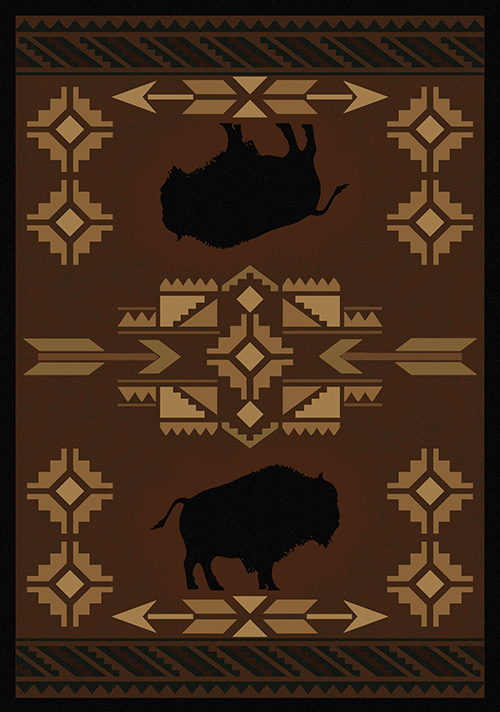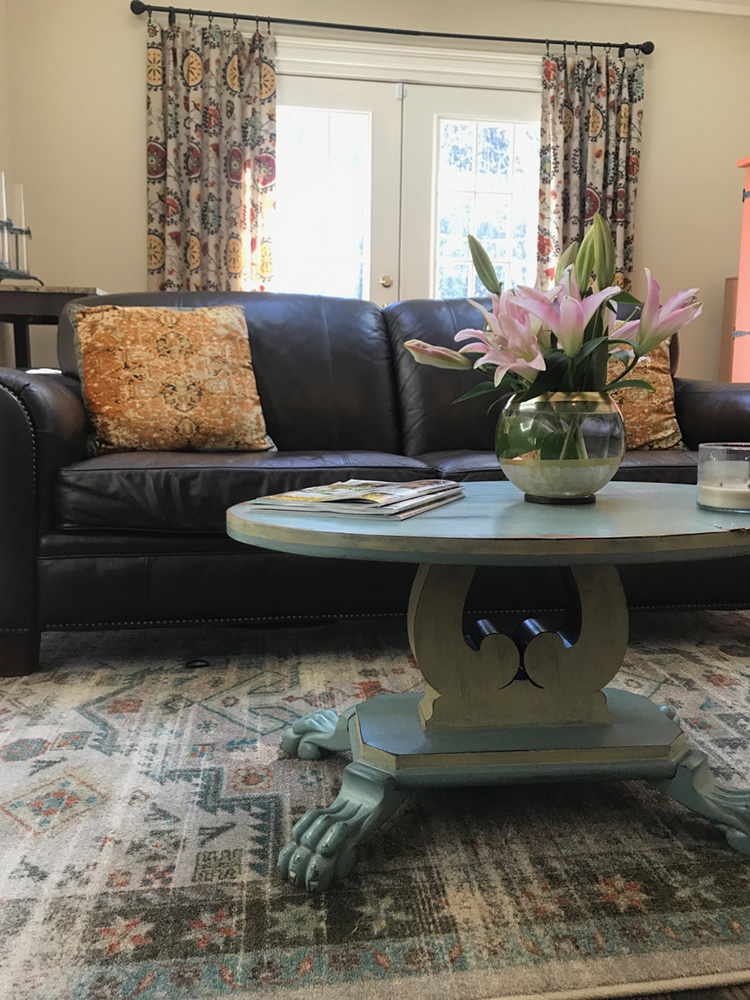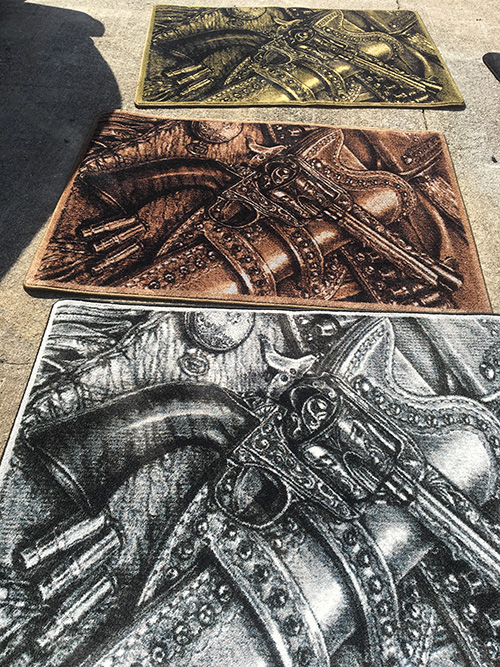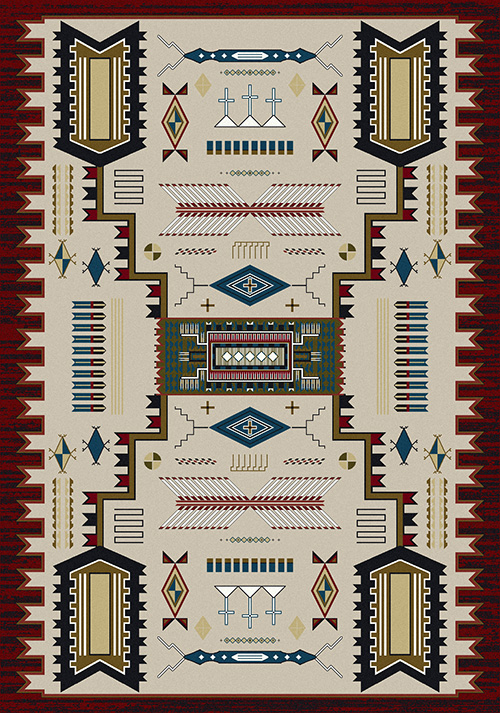native american rugs dtla
Dr. J. Mark Sublette explains the proper care of authentic Navajo rugs. This video is a must see for anyone interested in authentic Navajo rugs. Dr. J. Mark Sublette breaks down the pitfalls and condenses more than 25 years' experience into one tutorial. This video was made by Medicine Man Gallery CEO, Dr. J. Mark Sublette explains how professional art dealer can buy authentic Navajo rugs. This video is for everyone, no matter if this is your first rug purchase or you have been collecting for many years. The Navajo Chiefs blanket is probably the most popular of all Navajo style blankets. Native American artist Dr. J. Mark Sublette explains everything you need to know about authentic Navajo Chief’s Blankets.



